Personality and Temperament
Once known as the British Blue and exclusively bred for blue-gray coloring, the British Shorthair cat now comes in a multitude of colors, but it retains its typical rounded profile and it's delightful – yet somewhat reserved – personality.
In a nutshell, British Shorthair cats are pedigreed versions of British domestic shorthair cats that have been selectively bred over time to create a distinctive appearance and predictable personality traits.
These cats love their families and enjoy staying close, but they aren't big on cuddling. They prefer to lounge next to you rather than occupying your lap, and they aren't terribly demanding or overly vocal. British Shorthair cats make excellent pets for most households, but they don't tolerate disrespect, and they don't like to be held or carried.
These traits don’t add up to a mean or antisocial personality; instead, they’re an indicator that the British Shorthair may not be ideal for families with young children who aren't yet able to understand boundaries.


Care
Nutrition
Grooming
Exercise
Health
British Shorthair cats have no special nutritional needs; however, they are prone to obesity as they age. It's important to provide a high-quality diet that is relatively low in carbohydrates and high in protein.
Even though the breed is characterized by its short coat, they have a tendency to shed. Brushing your cat two to three times per week will help prevent fur from accumulating on your sofa, plus it will reduce the likelihood of hairballs.
You can help keep your cat healthy by brushing their teeth regularly. Regular nail trims can help prevent furniture damage.
British Shorthair cats have a playful streak, particularly during their youth. As these kitties get older, you might need to encourage play with interactive toys such as feathered wands and laser pointers. Battery-operated toys can encourage more activity, too.
The British Shorthair is a robust cat that generally enjoys excellent health. There are two known genetic disorders that can affect British Shorthair cats. Fortunately, breeders can screen for both and greatly reduce the likelihood of producing kittens with these disorders.
If you are considering a British Shorthair cat, check to ensure that the breeder has tested the parents for hemophilia B and hypertrophic cardiomyopathy. While it is impossible to promise that cats will never develop hypertrophic cardiomyopathy, screening potential parents and not breeding those with signs of the disorder greatly reduces the risk in offspring.
History
The history of the British Shorthair cat is a fascinating one. This ancient breed is believed to date back to the first century A.D. when the Romans invaded Britain, they brought cats with them. These early domesticated cats were tasked with the important job of keeping Roman camps clear of mice and other pests.
The Romans' cats bred with local wildcats and as time passed, the offspring developed a distinctive look. Contemporary British Shorthairs retain the appearance of their ancestors, which were large and robust, with dense, short coats that provided protection from the elements.
Cat fancier and artist Harrison Weir is credited with helping to develop the breed as we know it today. During the 19th century, he – and perhaps other breeders – began selecting for the blue-gray variant that ultimately became the British Blue. The newly standardized British Shorthair took pride of place at the first cat show in history, which was held at the Crystal Palace in London in 1871.
Incredibly, the British Shorthair cat nearly became extinct during the first world war and along with many other breeds, was nearly wiped out again by the end of the second world war.
In an effort to save Britain's favorite cat, British Shorthair breeders introduced Persians to their bloodlines, ultimately creating British Longhair cats. Shorthaired offspring were also bred with Russian Blue cats and French Chartreux cats in an effort to emphasize desirable blue-grey coloring.
The British Blue was recognized by the American Cat Association in 1967.
By 1980, the British Shorthair had gained recognition from The International Cat Association and the Cat Fanciers Association. All cat associations now recognize the breed.
These days, the British Shorthair cat is available in nearly every color and pattern imaginable. Blue remains the most prevalent - and the most popular - British Shorthair cat color.
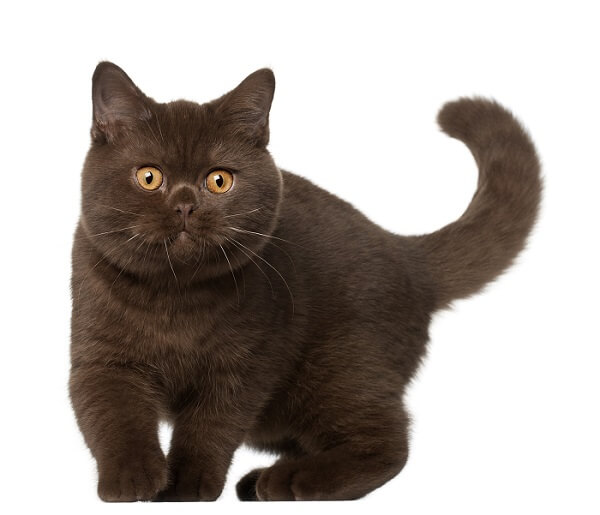

Eyes
Legs & Paws
Tail
The Breed Standard
Body
Head
Ears
Coat
Color
FAQ
How much does a British Shorthair cat cost?
British Shorthair cats cost between $300-$5,000.
How big do British Shorthair cats get?
British Shorthair cats tend to be medium in size. A fully grown British Shorthair cat might weigh between 8-18 pounds or more and range in height anywhere from about 11"-14" inches tall.
How long do British Shorthair cats live?
The Average lifespan for British Shorthair is 12-16 years.
Do British Shorthair cats shed?
British Shorthair are short-haired cats. Therefore, they do not shed as much as long-haired cat breeds.




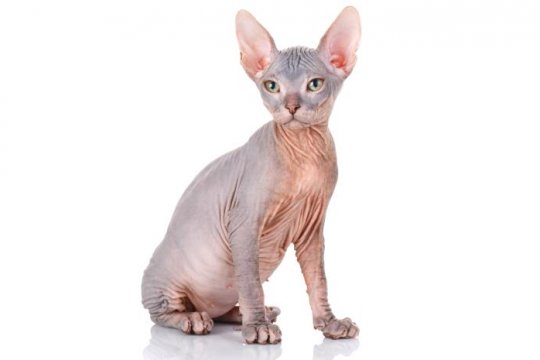

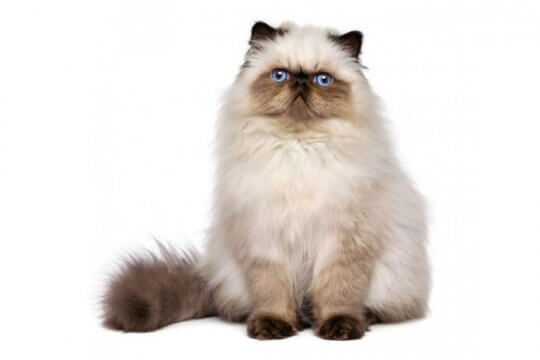

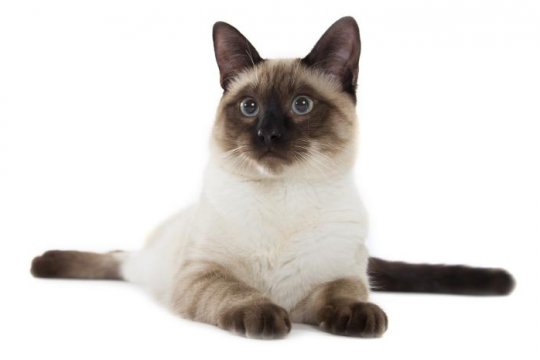
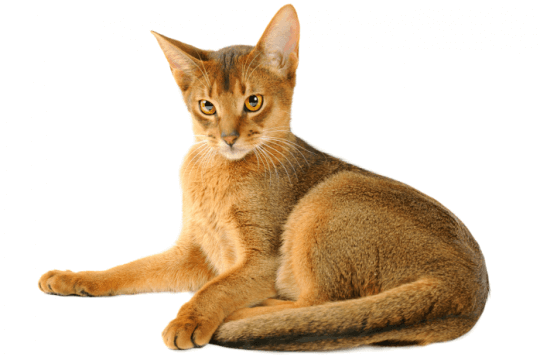



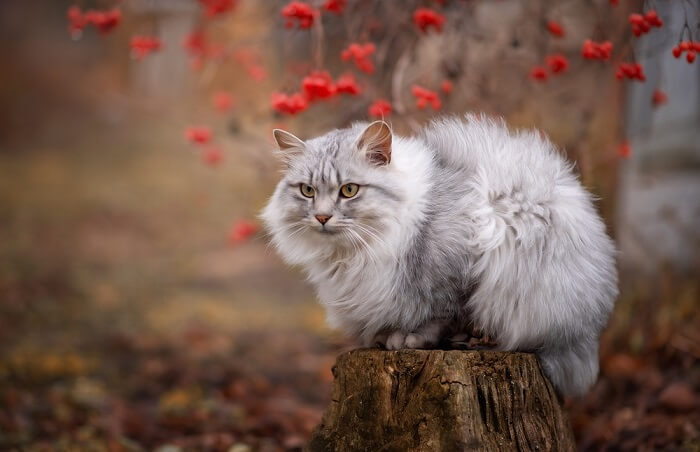





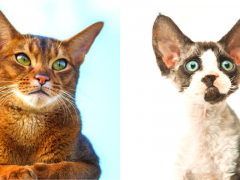


Very easy-going and calm, quiet breed.
He is my first ever cat and he was so quiet and calm, whid=ch led me to get more cats(lol).
They are very curious, so sometimes they get clumsy which is the cutest part!!!!!!!!!!!!!!!
But only thing is that as they said in the article, they easily get obese(fat).
Thanks for sharing, and congratulations on your adorable first cat!
Adorable… excellent character,connecting with owner is many levels…
This breed is my first cat ever and She is everything I wanted. She is easygoing, very friendly and independent. She came with a pet passport, which is wonderful. I can take her anywhere in this planet.
I found this really interesting and helpful especially since my cats are 2 years old and one of my cats is really heavy!